
 Flash News
Flash News
Posta e mëngjesit/ Me 2 rreshta: Çfarë pati rëndësi dje në Shqipëri
Ceno Klosi with over 800 stolen votes, Balluku finds the reason is the tiredness of the counters
"Fast & Furious" in the former Block, police chase an Audi Q8, 4 cars collide
Car hits two tourists on a motorcycle in Fushe Arrëz, one of them dies
Serious accident in Thumanë, one dead, 3 injured
Europol identifies the most dangerous groups in Europe, Albanian gangs lead with drugs
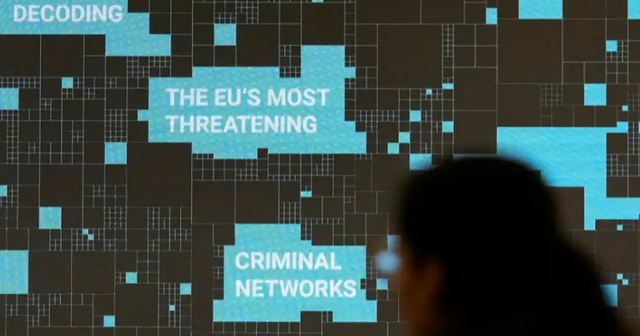
Europol has analyzed for the first time the most dangerous gangs in Europe, what they deal with and where they are active. 821 criminal networks within the EU organize the business of drugs, smuggling and others. Who are the most dangerous criminal gangs in Europe? How do they operate? How are they organized? What structures do they cooperate with? Europol has for the first time analyzed the "most dangerous" gangs of the European continent, thus showing the rather disturbing dimensions of organized crime in Europe.
The gangs are quite professional and operate as international, flexible, controlling, destructive organizations, Europol raises concerns. The report (04.05.) was made possible after all EU member states and 17 partner countries of Europol made available their data. According to the report, 821 gangs with 25,000 active members operate as dangerous networks within the EU, most of these gangs focus on the drug trade. According to Europol's analysis, every second gang is active in the drug trade, but there are many illegal activities, from drugs to human trafficking and others.
Albanian gangs lead with drugs
Criminal networks made up of non-EU nationals mostly come from Albania, Bosnia, China, Georgia, Iceland, Nigeria, Serbia, Turkey, the United Kingdom and Ukraine, Europol points out. Albanian networks composed mainly of Albanian gang members are mainly focused on the cocaine, heroin and cannabis market mainly in Belgium, France, Germany, Italy, Holland and Spain. Outside the EU, they operate in Brazil, Colombia, Ecuador and in their country of origin, Albania.
Europol mentions as a success in the report the destruction of a large Albanian drug gang on May 25, 2023, which brought drugs in containers to Belgium. Drugs were brought into Germany in cars with sophisticated concealment systems and distributed in Europe. Albanian gangs are organized as hierarchical families, composed mainly of Albanian citizens and Albanians with dual citizenship.
The illegal drug market is one of the main causes for the violence and income of the gangs", said the Belgian Minister of the Interior, Annelies Verlinden, after the presentation of the report. The criminal activities of the gangs are appearing more and more often in public and endanger the safety of the population. , said the Belgian Minister of the Interior. In many cities of the EU, drug offenses and power struggles between gangs have increased. To escape legal persecution, many gangs use teenagers for drug trade and other criminal activities.
Corruption and violence on the agenda
Gangs from the Western Balkans, Europol has pointed out, are extremely brutal. "Some of these gangs are specialized or have high participation in extreme violence, professional kidnappings and executions, corruption, money laundering, arms and explosives trade, document forgery," the EU police authority's report said.
Corruption is a key element for gangs to infiltrate ports and logistics chains. Based on local coordinators and their associates, criminal networks penetrate the ports by bribing the personnel. Europol takes the Belgian Antwerp as an example. A Belgian-Albanian family clan is active there, specializing in bringing hashish from Spain, and cocaine supplies from the city's port. The clan is supported by corrupt port officials, Europol points out.
Gangs as organizations with clear structures
Larger gangs are organized with clear hierarchical structures and are based on families or clans. To avoid detection, 86% of gangs use "legal trade structures", according to the Europol report. Often the profits from the drug trade are invested in construction, the real estate economy, as well as logistics and hospitality. As an example of a professional criminal organization and the investment of profits, the Europol report mentions the Ndragheta families in Italy.
Europol has data that this criminal organization invests the profits from drug and arms trade everywhere in Europe, such as in real estate, gastronomy, supermarkets and hotels. And Serbia seems like a central country for modifying stolen cars. The most affected countries are Germany, Poland and Serbia. Cocaine-trafficking gangs are much more active in Belgium, Germany, Italy, the Netherlands and Spain. Criminal networks involved in labor trafficking and exploitation operate mainly in Germany, the Netherlands, Poland and Ukraine, the most frequently exploited people come from Georgia, Romania, Russia, Ukraine and Uzbekistan.
"We know who they are"
Director of Interpol, Catherine de Bolle said during the presentation of the report in Brussels (04.05.). "We know who they are, how they are organized, who they cooperate with and how they try to deceive the police." And the EU commissioner for internal affairs, Ylva Johansson said in Brussels that "organized crime is one of the biggest current risks to the security of our citizens, children and youth, democracy through corruption and extreme violence".
Of concern to the police authorities in the EU, it is not only the cocaine trade where many gangs focus, but also the flood of increasingly dangerous synthetic drugs on the market. The so-called "zombie" drug is appearing in Belgium and other countries more and more often - This is xylacin, a substance used in veterinary medicine to tranquilize animals. Criminal networks span from two to seven countries. Europol has requested greater cooperation between police authorities in Europe and Europol./DW
Latest news



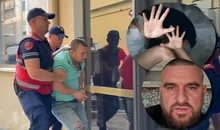


Lufta në Gaza/ Pse Netanyahu do vetëm një armëpushim 60-ditor, jo të përhershëm?
2025-07-02 21:56:08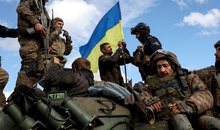
US suspends some military aid to Ukraine
2025-07-02 21:40:55

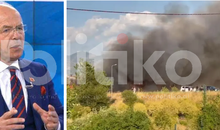
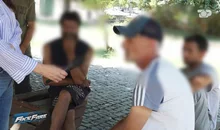
Methadone shortage, users return to heroin: We steal to buy it
2025-07-02 20:57:35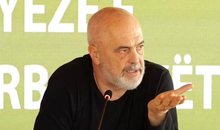
Government enters oil market, Rama: New price for consumers
2025-07-02 20:43:30
WHO calls for 50% price hike for tobacco, alcohol and sugary drinks
2025-07-02 20:41:53
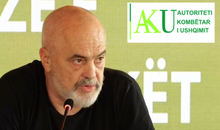




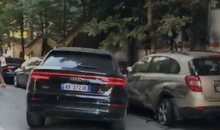
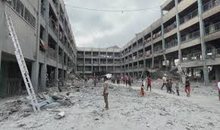
Israel agrees to 60-day ceasefire in Gaza, but many unanswered questions remain
2025-07-02 18:35:27
The weather in Germany is going "crazy", temperatures reach 40°C
2025-07-02 18:22:21
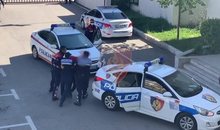
"Fast & Furious" in the former Block, police chase an Audi Q8, 4 cars collide
2025-07-02 17:59:25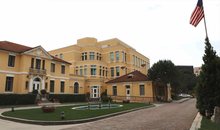
"Birth on a tourist visa? US Embassy warns Albanians: This is prohibited!"
2025-07-02 17:48:16


BIRN: Fier recount reveals vote trafficking within open political party lists
2025-07-02 16:57:19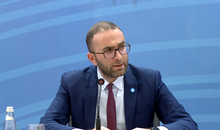

CEO and former director of 'Bankers Petroleum' arrested in Fier
2025-07-02 16:40:42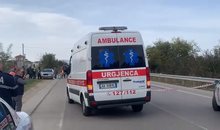
Car hits two tourists on a motorcycle in Fushe Arrëz, one of them dies
2025-07-02 16:33:23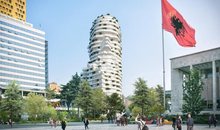


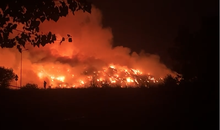
Fire at the Elbasan Incinerator Landfill, Prosecution Launches Investigations
2025-07-02 15:34:54
What you need to know if you travel to a country with active volcanoes
2025-07-02 15:33:03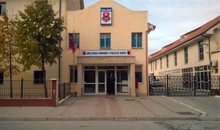
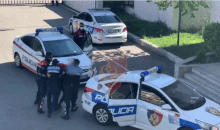
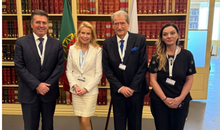
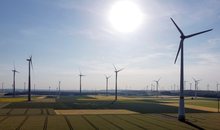
EU proposes 90% reduction in greenhouse gases by 2040
2025-07-02 14:50:23
Europe is burning from the heat / Italy and France are on maximum alert
2025-07-02 14:36:52

Moscow's contradictory statements: Is the friendship with Vučić breaking down?
2025-07-02 14:21:05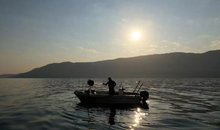
'I lost my battle': Sea warming is killing fishing in Albania
2025-07-02 14:08:35
Sekretet kimike që ndihmojnë në mbajtjen e mjaltit të freskët për kaq gjatë
2025-07-02 14:01:26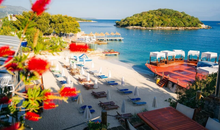
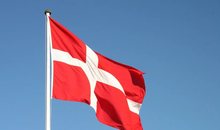
Denmark makes historic decision to make military service mandatory for women
2025-07-02 13:44:33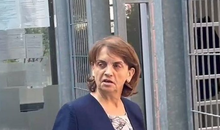
The appeal of the GJKKO leaves former judge Pajtime Fetahu in prison
2025-07-02 13:30:20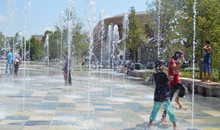
Productivity losses could reduce GDP by 1.3% as a result of extreme heat
2025-07-02 13:21:04
He abused his minor daughter, Zamir Meta is left in prison
2025-07-02 13:04:04
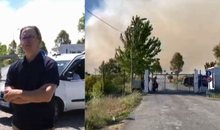
Waste burning in Elbasan, Alizoti: They are poisoning people and stealing money
2025-07-02 12:48:39
Civil disobedience continues in Serbia, dozens of people detained
2025-07-02 12:40:32
Rama's government was born under the sign of garbage and will end like this
2025-07-02 12:28:09
Water prices increase in the municipalities of the Elbasan region
2025-07-02 12:13:38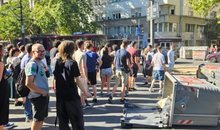
Civil disobedience continues in Serbia, what is happening in Belgrade?
2025-07-02 12:07:44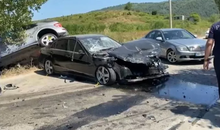
Serious accident in Thumanë, one dead, 3 injured
2025-07-02 11:54:42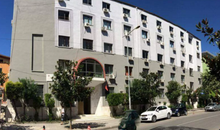
Durrës Court suspends the director of Pre-University Education from duty
2025-07-02 11:49:27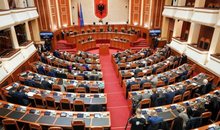
Plenary session on Thursday, what is expected to be discussed
2025-07-02 11:36:43
Europe is burning from heat waves/ What is the 'thermal dome' phenomenon?
2025-07-02 11:26:25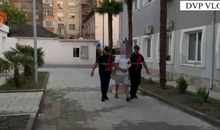
Wanted by Italy for murder, 45-year-old arrested in Vlora
2025-07-02 11:19:31
Fire situation, 28 fires reported in 24 hours, 2 still active
2025-07-02 11:13:20
"Buka" file, preliminary hearing for Ahmetaj postponed to July 17
2025-07-02 11:03:30
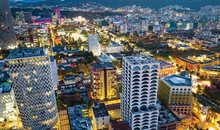

Baçi: Belinda Balluku and Ceno Klosi, the most dangerous "gangs" in Fier
2025-07-02 10:32:09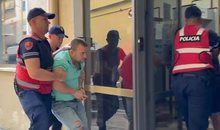
Zamir Meta, suspected of sexually abusing his daughter, arrives in court
2025-07-02 10:21:33

Trump: Israel has agreed to a 60-day ceasefire in Gaza
2025-07-02 10:01:55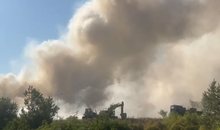
Fire continues at Elbasan landfill
2025-07-02 09:51:13

Dates to note during July, important events will occur
2025-07-02 09:31:45
The hearing for Jorgo Goro's claim is postponed
2025-07-02 09:24:19
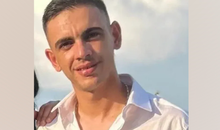
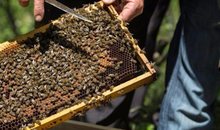

Foreign exchange, the rate at which foreign currencies are sold and bought
2025-07-02 08:42:31
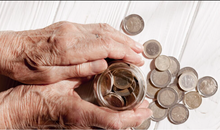
52% of pensioners did not receive full pension in 2024
2025-07-02 08:27:18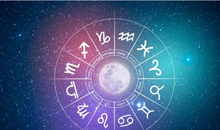
Horoscope, what do the stars have in store for you today?
2025-07-02 08:13:36
Hot weather, Wednesday brings high temperatures
2025-07-02 07:59:16
Morning Post/ In 2 lines: What mattered yesterday in Albania
2025-07-02 07:46:15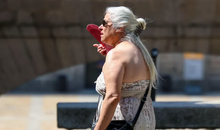
Heatwave sweeps across Europe, Spain and England record hottest June ever
2025-07-01 22:57:41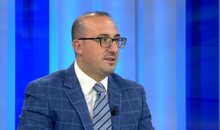






Golem and Qerret without water at the peak of the tourist season
2025-07-01 21:09:32

Euractiv: Italy-Albania migrant deal faces biggest legal challenge yet
2025-07-01 20:53:38
BIRN: Brataj and Fevziu victims of a 'deepfake' on Facebook
2025-07-01 20:44:00

Vlora by-pass, work delays and cost increases
2025-07-01 20:24:29



Milan are expected to give up on the transfer of Granit Xhaka
2025-07-01 19:41:25
